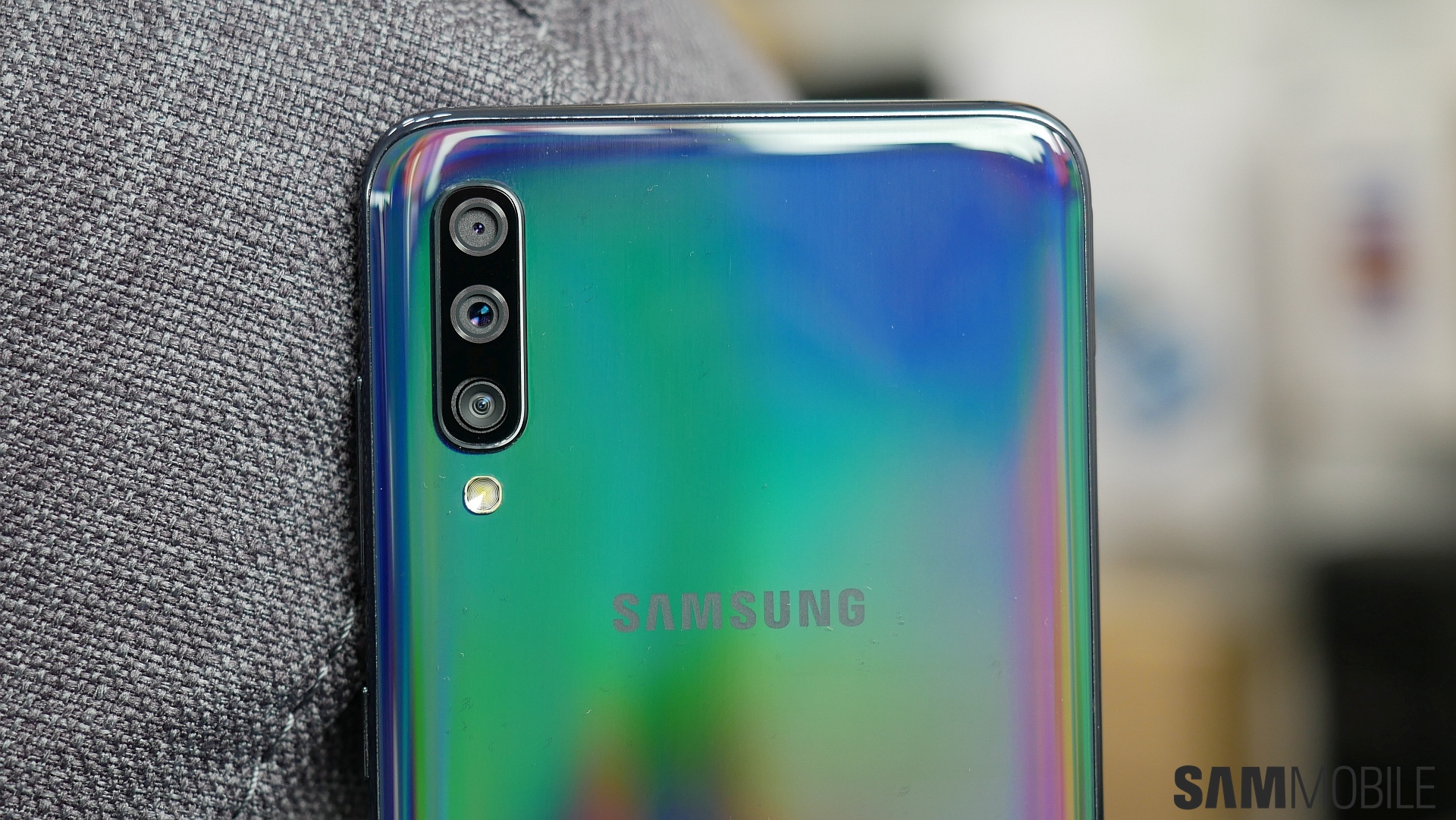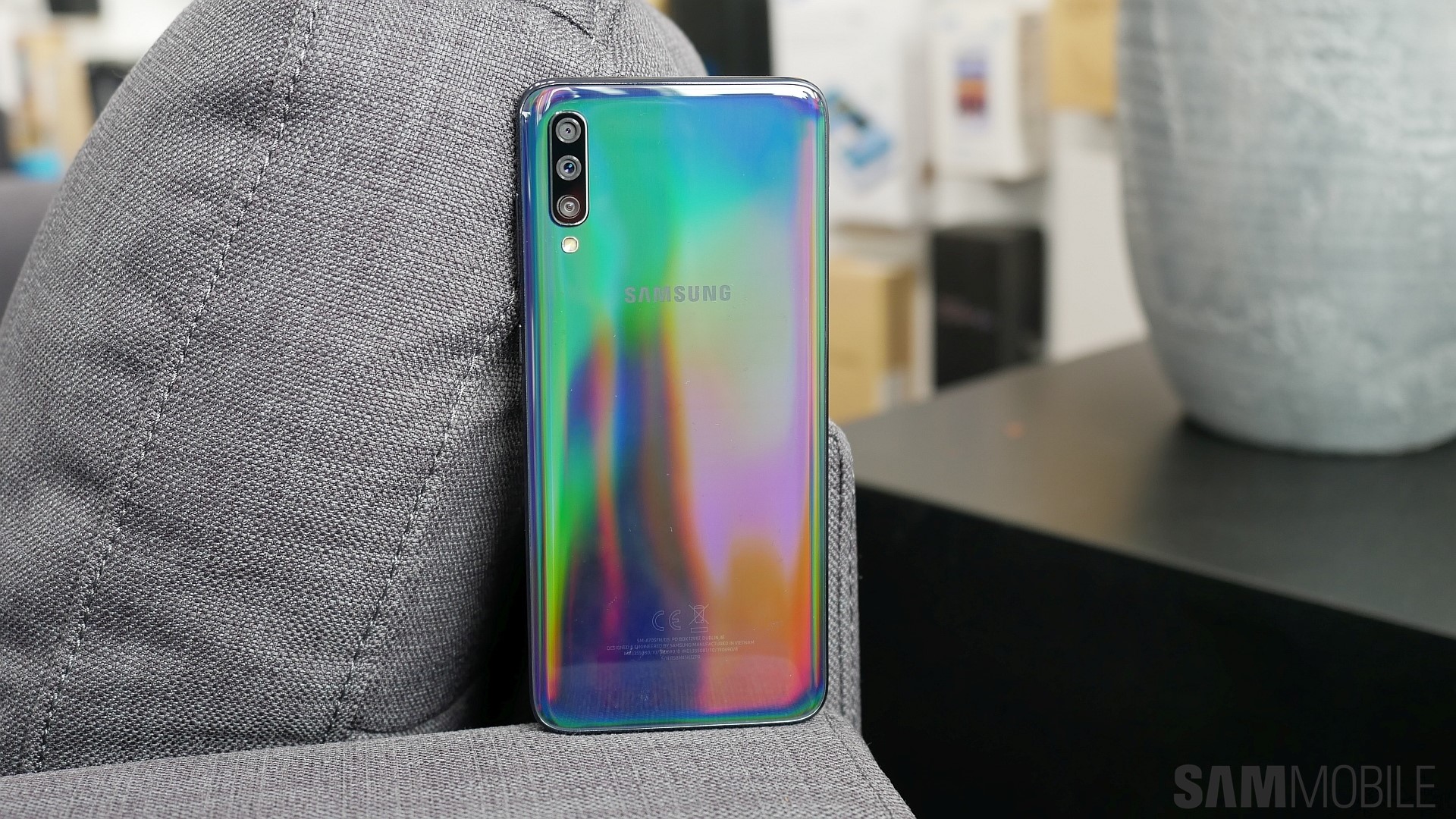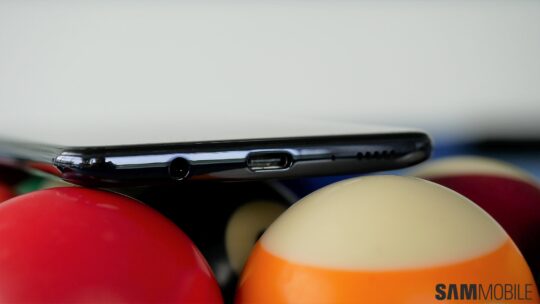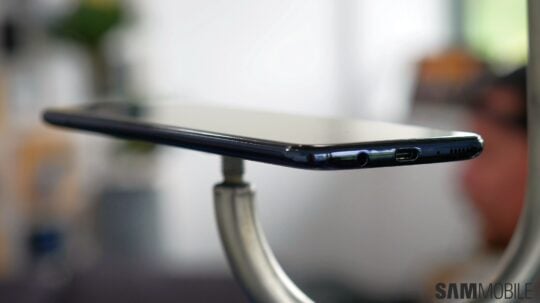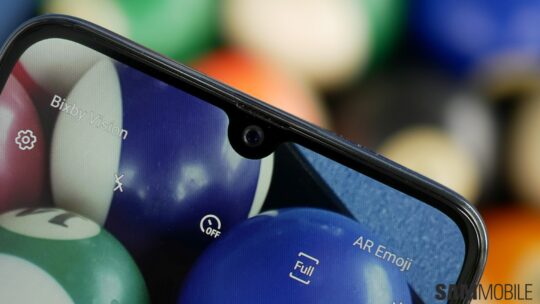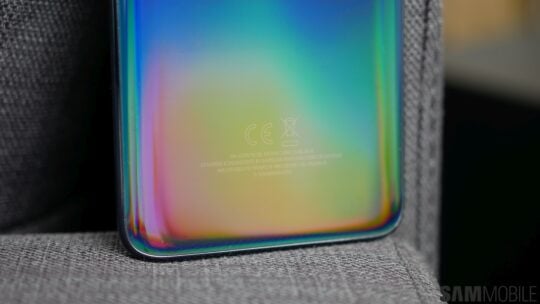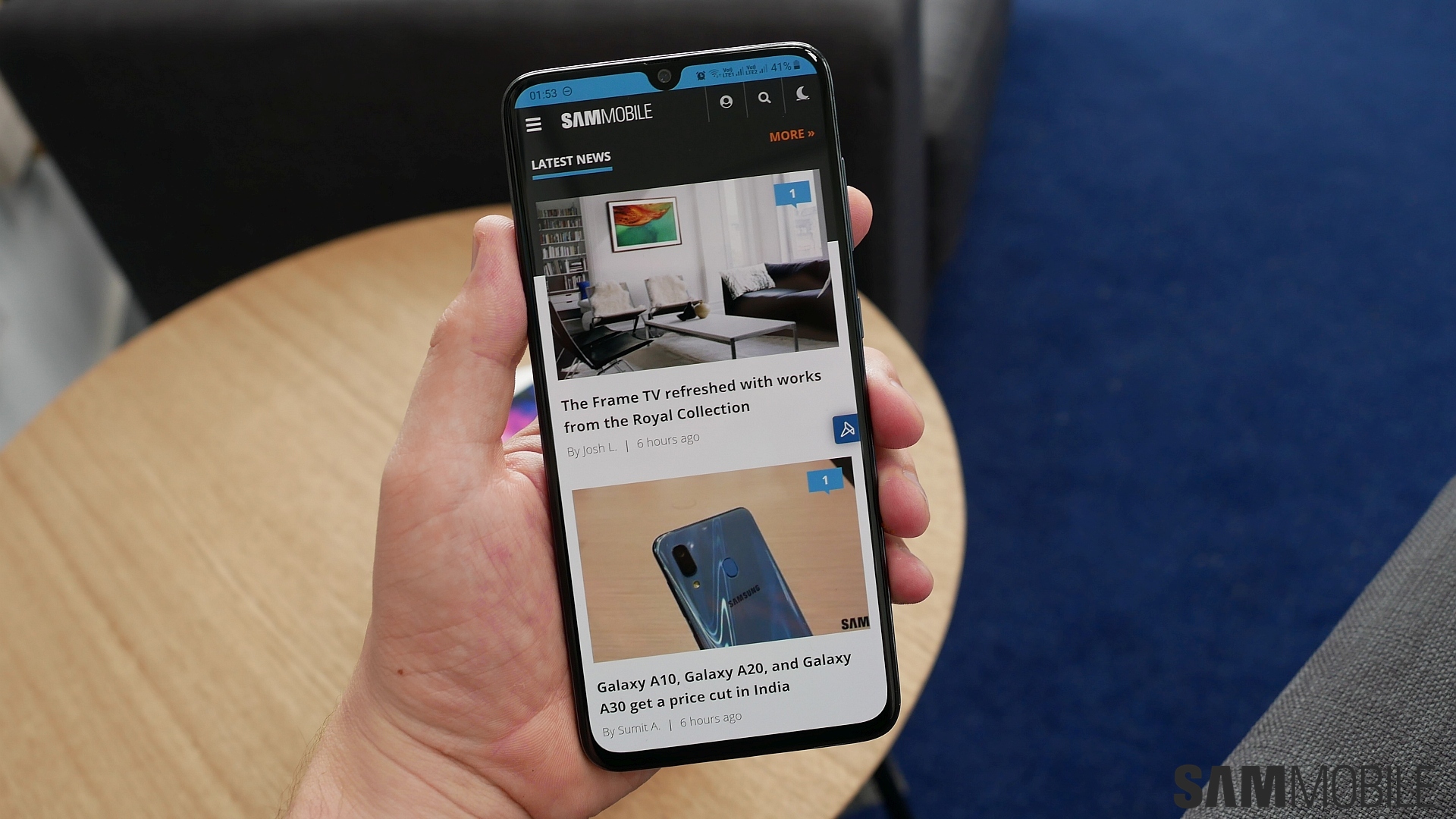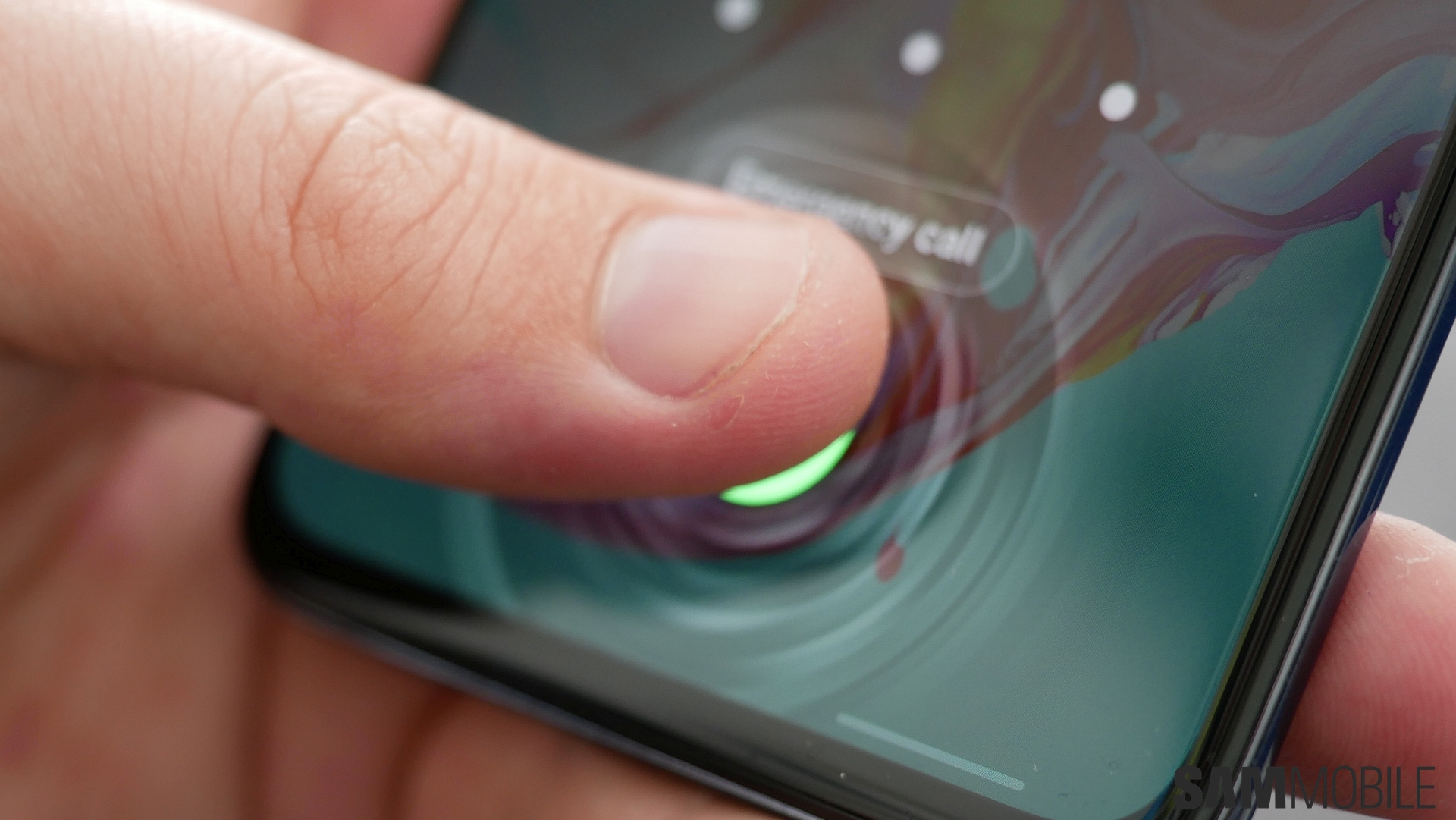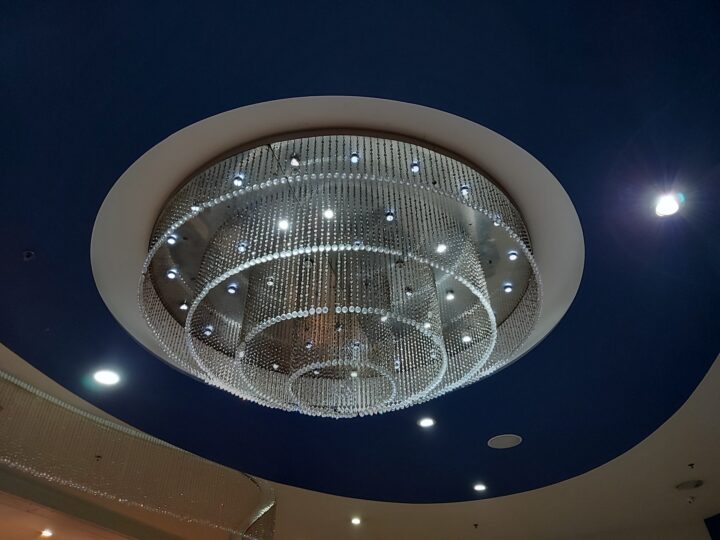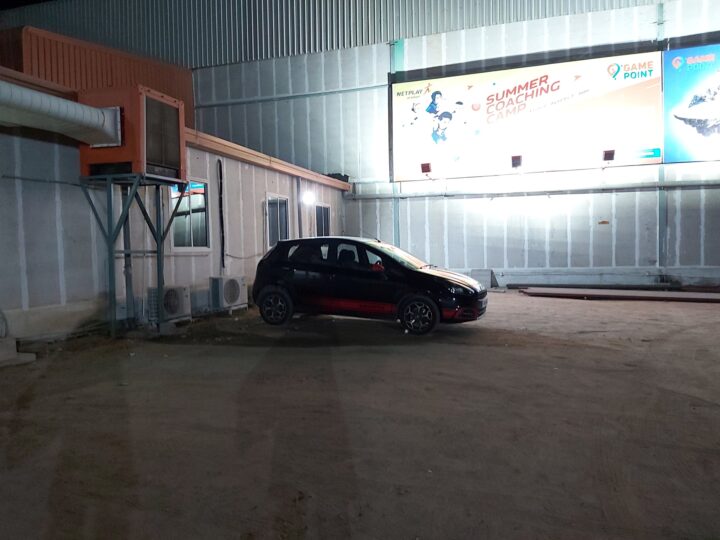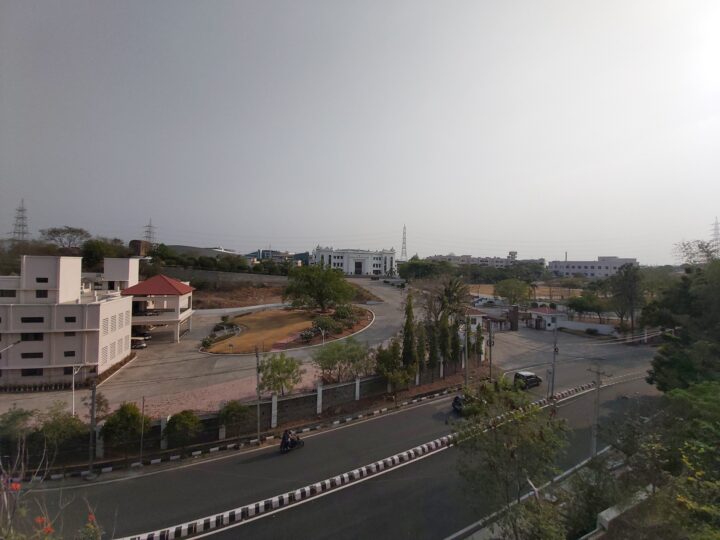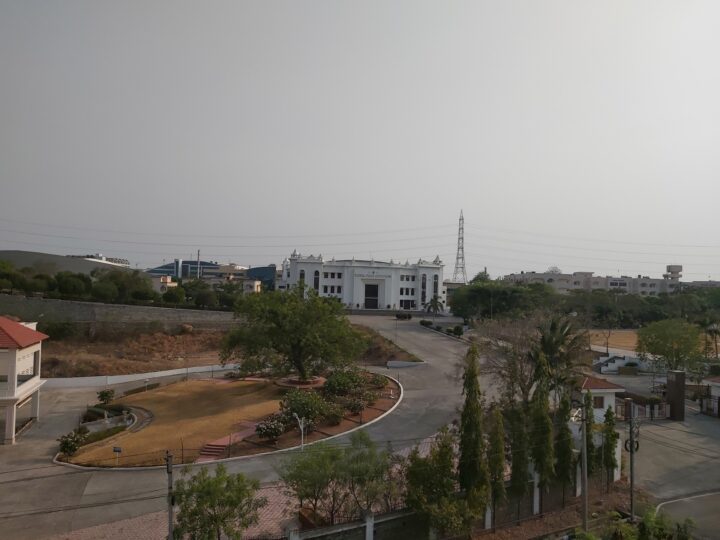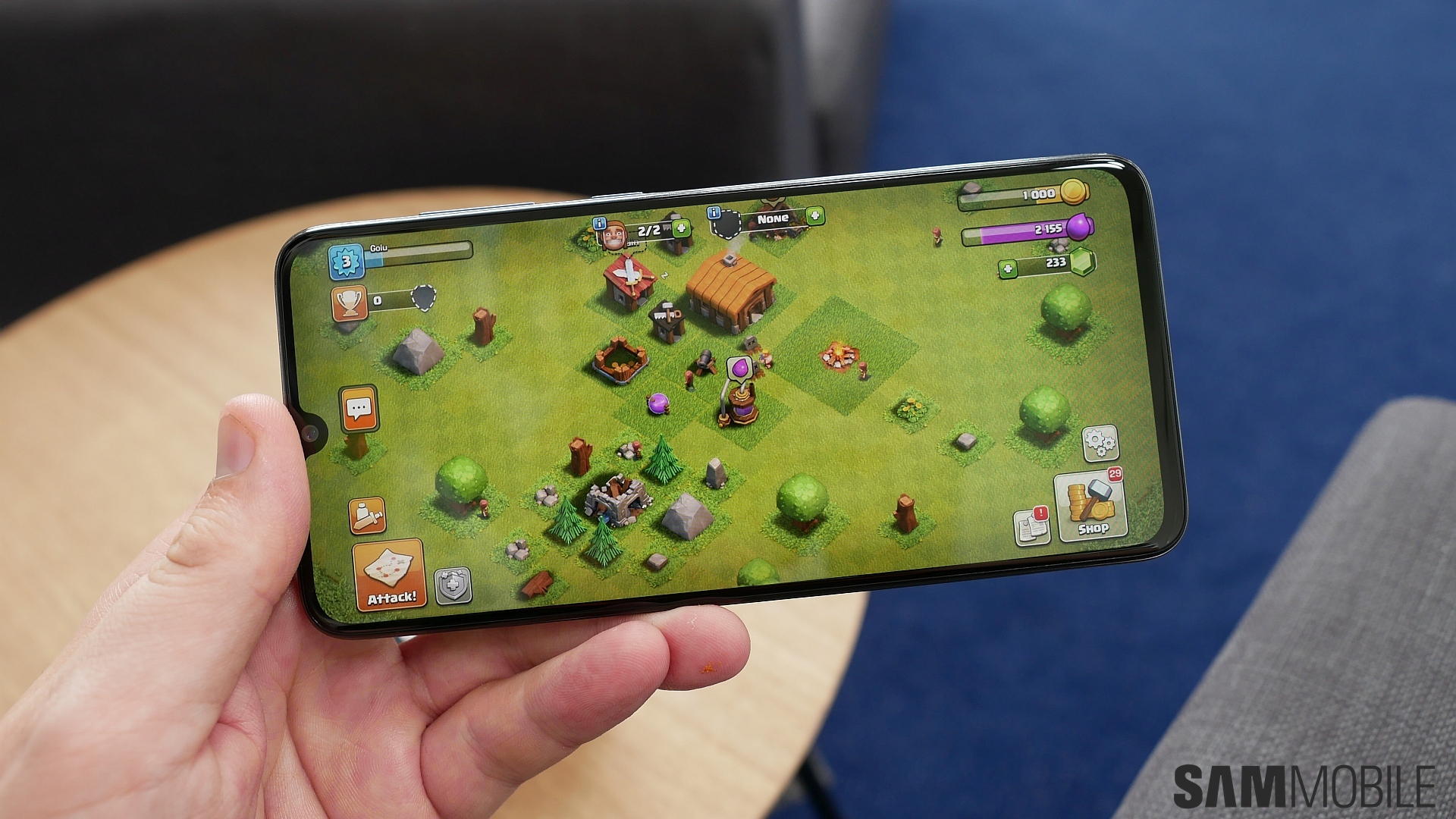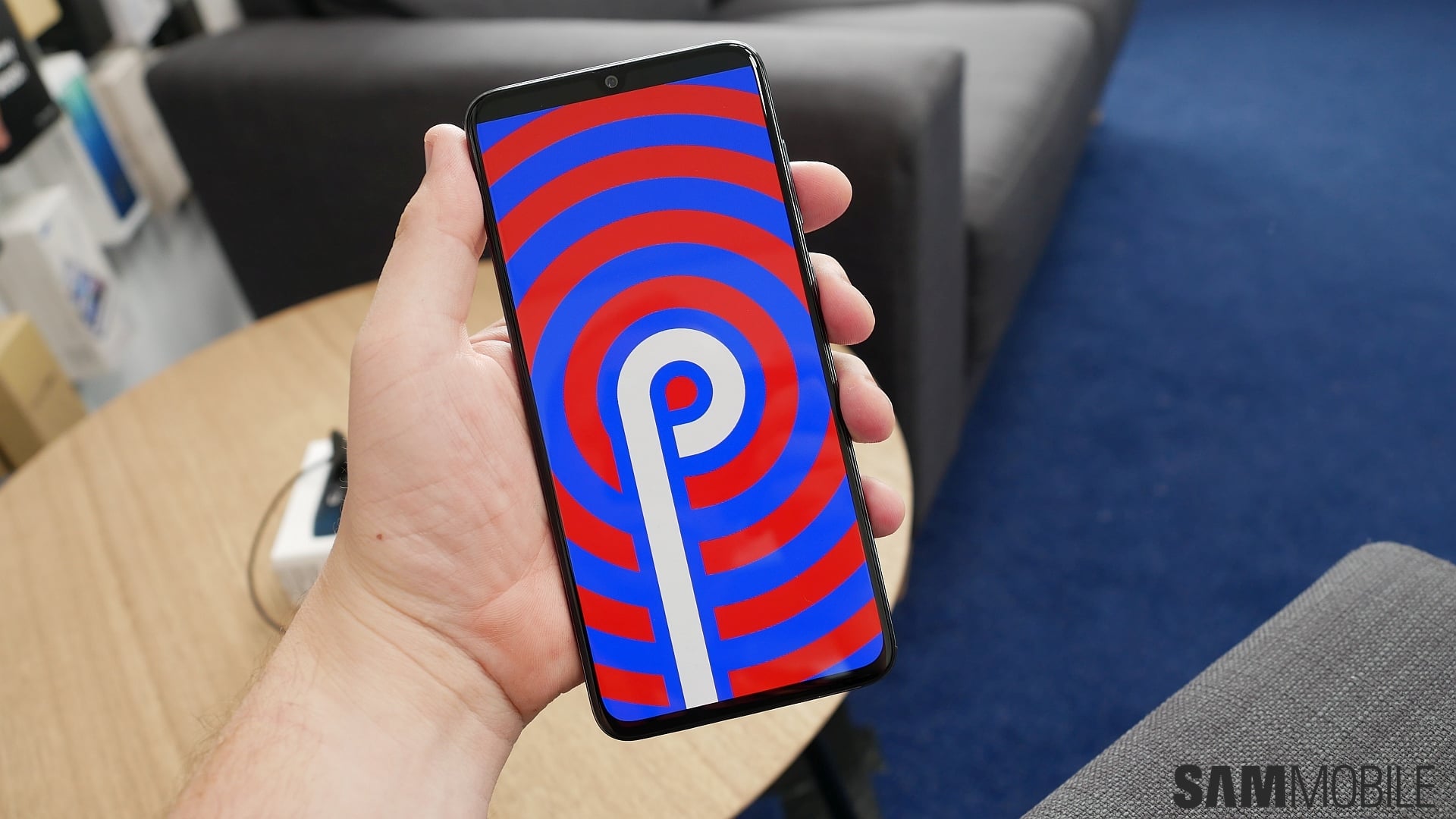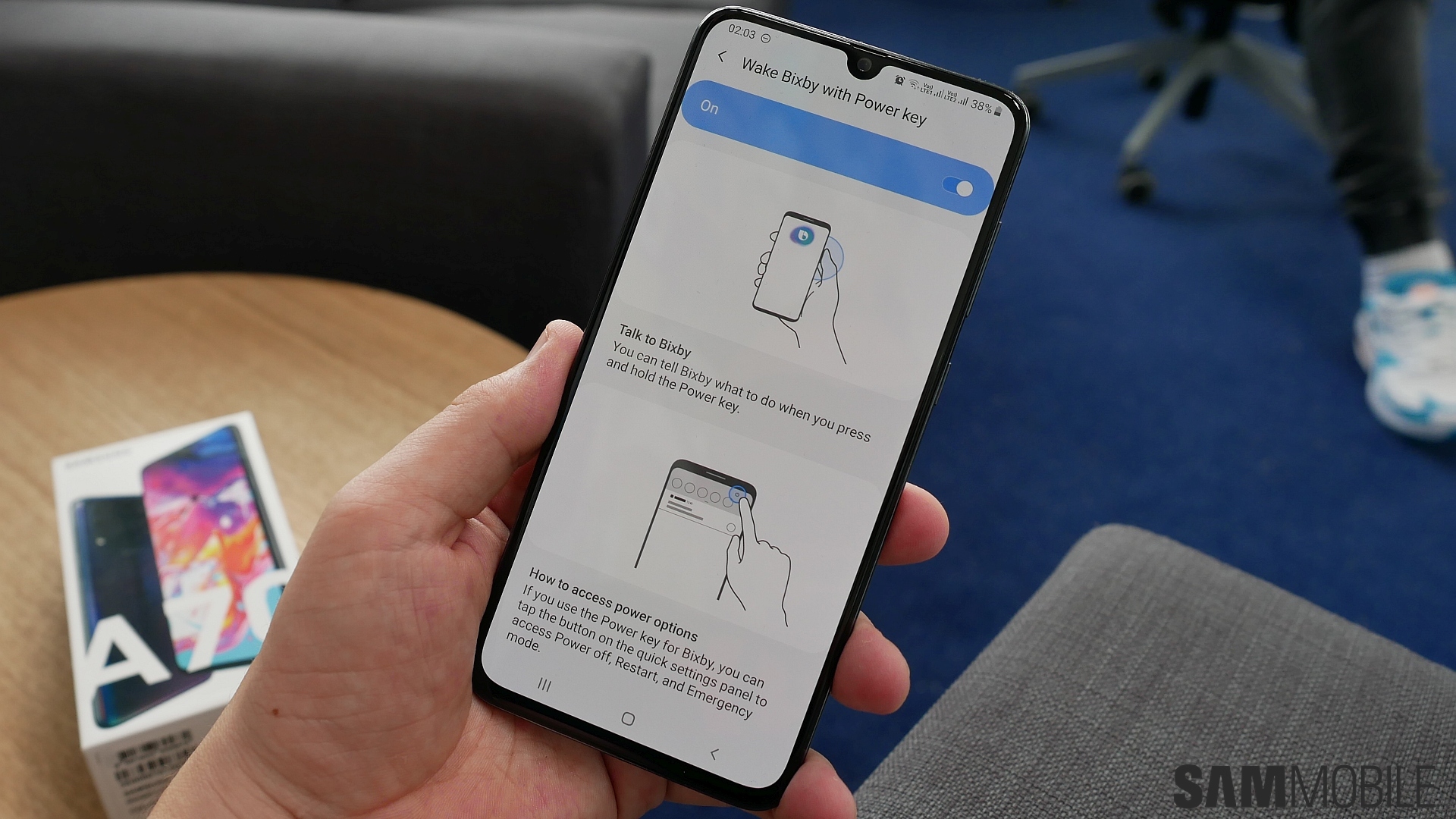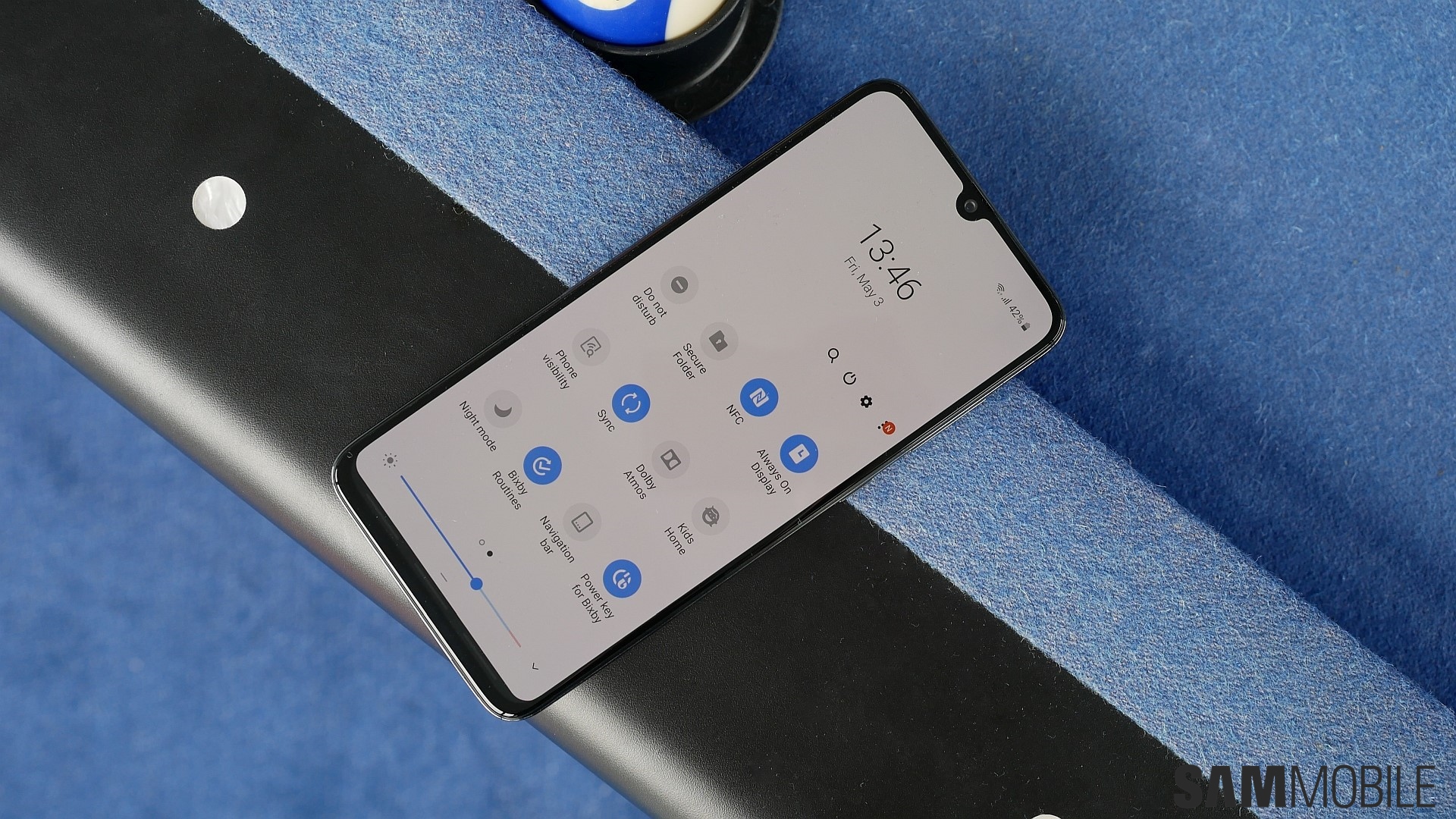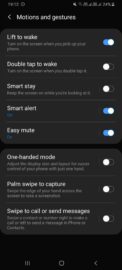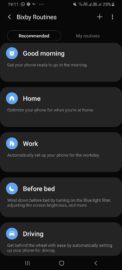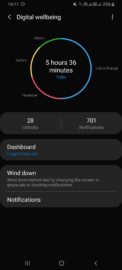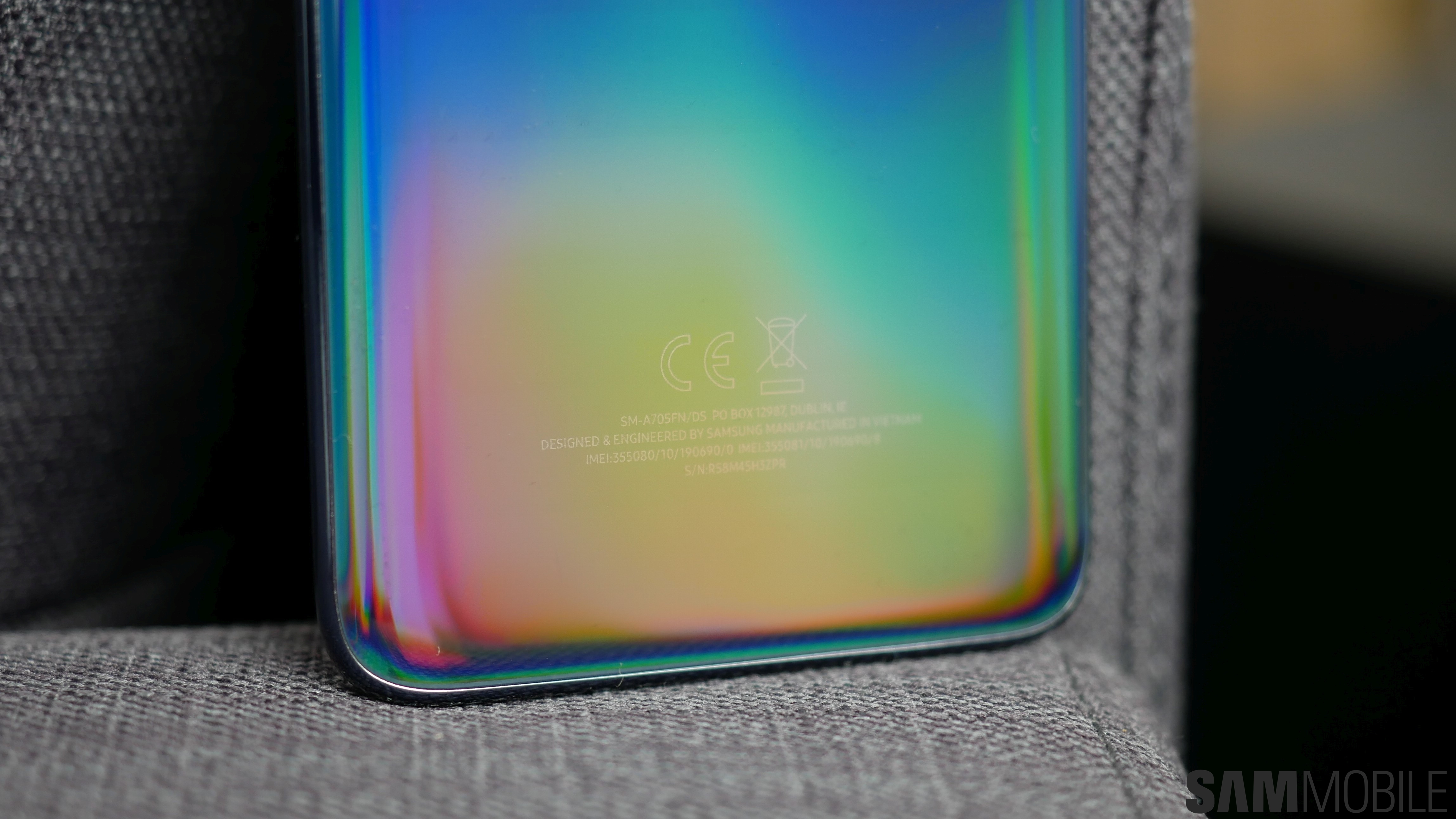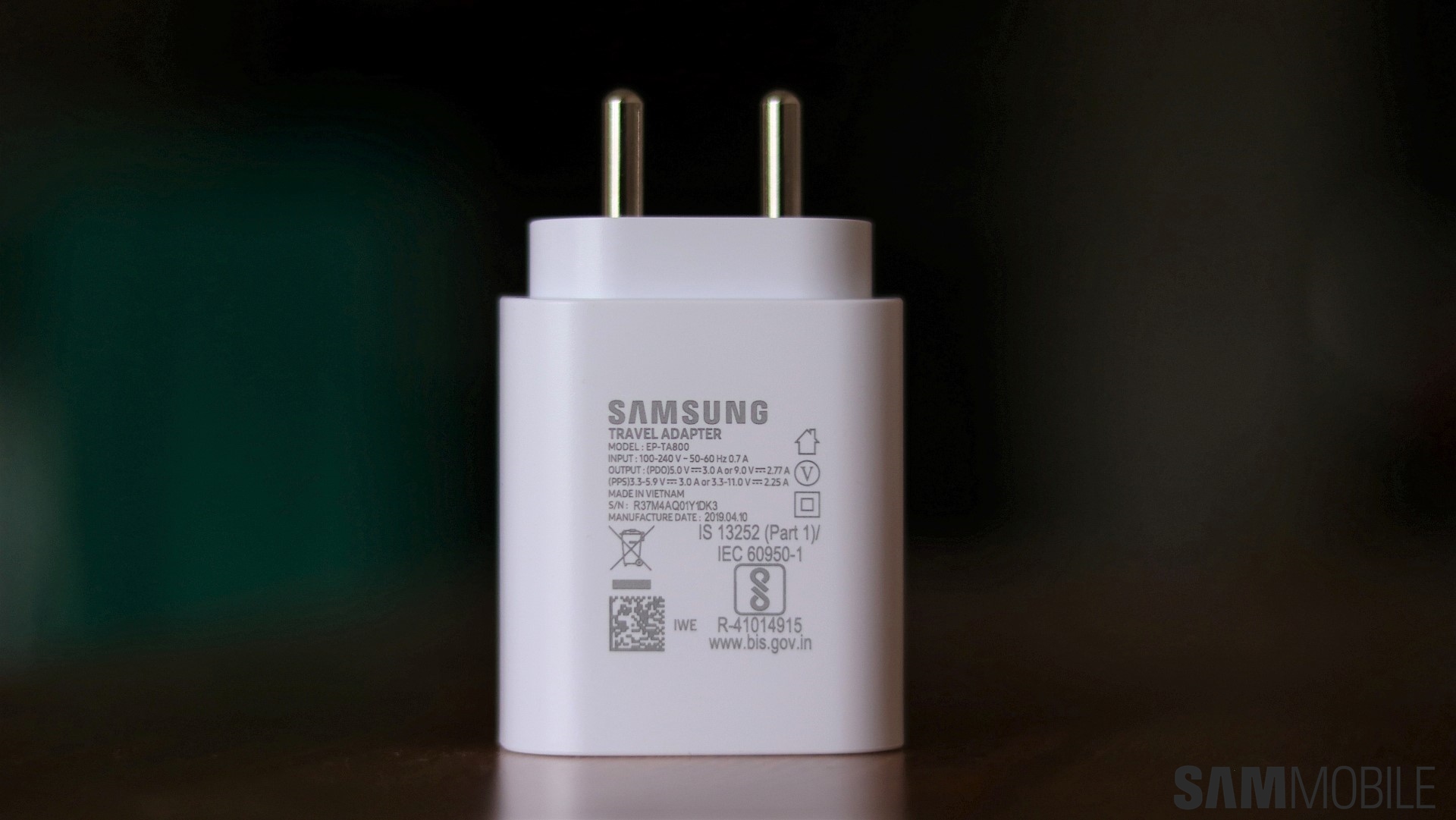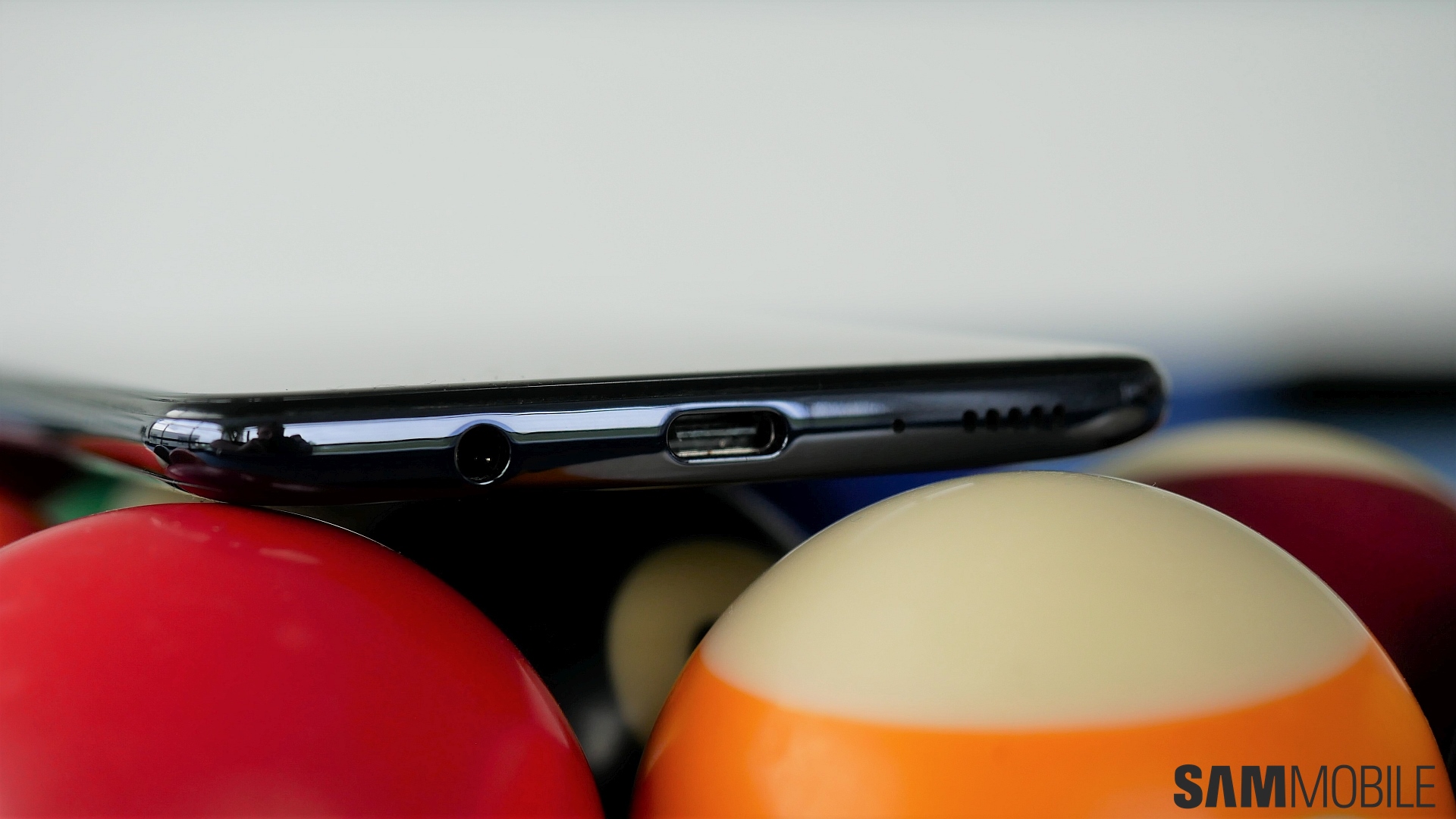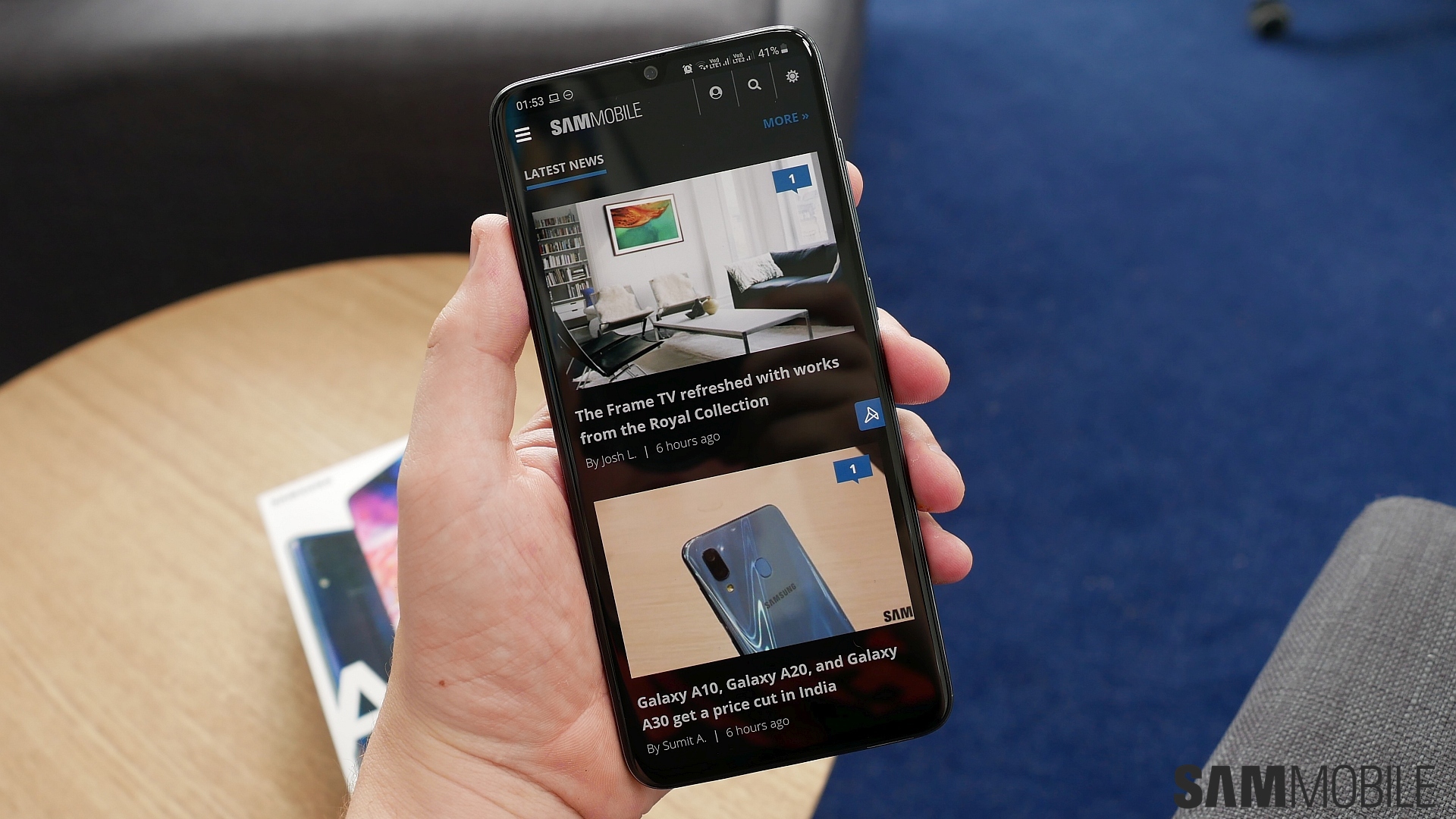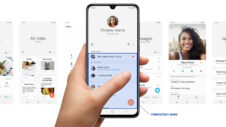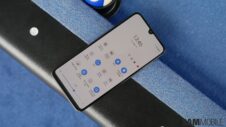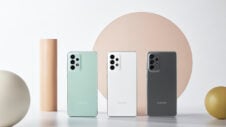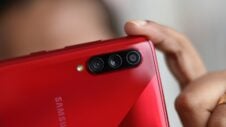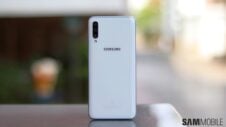After a few years of showing some restraint, Samsung has returned to its habit of flooding the market with new smartphones. The company is focusing on the Galaxy A lineup for the most part, with seven Galaxy A phones already announced in 2019 and a couple more in the pipeline. Actually, considering variants like the Galaxy A20e, we're beginning to lose count, and it's clear Samsung isn't going to be stopping anytime soon.
But in Samsung's defense, these new Galaxy A phones do offer some attractive features, like in-display fingerprint sensors, ultra-wide cameras, and the latest software. The Galaxy A70 adds a few more things to the list. Most notably, the A70 is one of the first Galaxy phones with 25W super fast charging, which replaces the 15W fast charging (based on the Quick Charge 2.0 standard) that Samsung has been peddling since 2014.
The Galaxy A70 also has a rather big battery (4,500 mAh), a 6.7-inch Super AMOLED Infinity-U display with a waterdrop notch, 32MP cameras on the front and back, and the Snapdragon 675 SoC. The A70 is the most feature-packed Galaxy A series phone available right now, but do all the elements combine to make it worth your next smartphone purchase? Let's find out in this review.
Galaxy A70 review: Design and display
With a 6.7-inch display, the Galaxy A70 is a big phone that's pretty much impossible to use with one hand for more than five minutes, even if it's not that big thanks to the small bezels around the screen. Samsung's One UI interface may bring some elements of the OS down to the bottom of the display for easier access, but most of Android's UI elements require you to reach out for the top of the screen. You could use the physical rear-mounted or front-facing fingerprint sensors to open the notification shade, but with an in-display sensor that becomes a non-option.
The phone's thin profile and the curves on the edges at the back do make for less trouble with one-handed usage than you would expect, and the phone's weight is well distributed, but the extra-smooth plastic back compromises things. Samsung bundles a free case in some markets, and I have a feeling most people will be putting the phone in that case on day one itself. Since it's a clear case, it doesn't hide the beautiful gradient finish at the back of the phone. I used the white A70 and found it to be very classy and sober, but you can buy the black version if subtlety is not your thing.
As for that 6.7-inch Super AMOLED display, it's a joy to use. Like every Galaxy phone with an AMOLED display in the last year or so, the colors are vivid but not overly so (you can switch to more natural colors from the display settings), the brightness levels are excellent, blacks are deep, and viewing angles are quite wide. The large screen size is great for watching movies, playing games, browsing, and anything else that you can think of. The U-shaped notch isn't obtrusive at all, and I prefer it to the right-aligned hole on the Galaxy S10 lineup.
What I don't prefer is the optical in-display fingerprint sensor. I'll be blunt: it sucks. It takes at least two seconds to detect my fingerprint, and worse yet is that it isn't very accurate unless you put the finger on the sensor just right. It's a major regression from physical fingerprint readers, and it probably isn't going to get better anytime soon or reach the potential of ultrasonic in-display sensors. I understand in-display fingerprint sensors are a major selling point, but unless it's the ultrasonic kind, it's best to just stick to facial recognition for unlocking the device.
Galaxy A70 cameras
The Galaxy A70 comes with a 32MP F2.0 front camera and a 32MP F1.7 primary rear camera, with the latter accompanied by 8MP F2.2 ultra-wide and 5MP depth sensors. By default, the phone doesn't shoot photos at full resolution either for the back or front camera. The rear camera shoots at 12MP by default, and you shouldn't bother changing it to 32MP, as it doesn't really make any difference in image quality. Not to mention the Auto HDR feature doesn't work at the highest resolution, and that can be a major disadvantage when you're taking photos outdoors in the day and against light sources.
As far as image quality is concerned, the A70 does a good job outdoors during the day, preserving detail and keeping noise to a minimum. Good lighting indoors also doesn't make the phone struggle, but photos taken in low-light conditions are nothing to write home about. The phone controls noise well in low-light conditions but smudges out all detail in the process. It also tends to blur things if you don't hold it steady.
And there's no dedicated Night mode for taking pictures in the dark, which turned out to be a notable limitation. Samsung could add one with a software update, just like it added new features to the Galaxy A50 recently, but out of the box, nighttime photography isn't the A70's strong suit. Of course, the ultra-wide camera is useful as always, but I'll let you check out our Galaxy A50 review for details on its performance. The same goes for the 5MP depth sensor that lets you take Live Focus pictures.
The Galaxy A70 comes with Super Slow-mo video recording on the rear camera, and there is 4K video recording at 30 frames per second as well. Also included is AR Emoji for both front and rear cameras, with the option to download Disney emojis from the Galaxy Store. And it tracks your facial expressions in real-time, too, so you don't have to first capture a regular photo of yourself before the phone is able to turn it into an emoji.
The 32MP selfie camera shoots 8MP pictures by default, and there's no reason to switch to 32MP as it doesn't offer any improvement in sharpness. Selfies have a good amount of detail in bright outdoor conditions but turn soft as you move indoors to artificial lighting. You can also switch between the full field of view and a narrower view. There's the Selfie focus mode for taking bokeh selfies, with new effects such as Color Point, which turns the background to grayscale. Selfie focus worked well but sometimes had issues detecting my wife's face when she was wearing glasses. And you have the usual artefacts around loose hair, although they won't stand out if you're looking at the photos on the phone.
Galaxy A70 performance
The Snapdragon 675 chipset inside the Galaxy A70 isn't the best out there, but it gets the job done. Apps open quickly and there's no stutter or lag in everyday use, although I did run into some hiccups when switching between apps. It's certainly better than anything Samsung's inhouse mid-range Exynos chips are capable of, though. The A70 was also able to hold quite a few apps in memory thanks to the 6GB of RAM. There was a time when Galaxy phones had aggressive background app killing, but it no longer seems to be the case.
The Adreno 612 GPU handles most games well, although you won't be able to use the highest graphics settings in some high-end games (like PUBG or Fortnite) if you want a smooth gameplay experience. That means high-end games without customizable graphics settings suffer from low frame rates, and the Snapdragon 675 is similar to the Galaxy A50's Exynos 9610 in this regard. Not that it will matter to most folks, as the popular titles are usually quite optimized for various kinds of hardware.
Galaxy A70 software
The Galaxy A70 runs Android Pie out of the box with version 1.1 of Samsung's One UI. I won't go into much detail here, as I've already covered the same software on the Galaxy A50 (check the review here). Suffice it to say all the major new Android Pie/One UI features are available on the A70, including Digital Wellbeing, Bixby Routines, Bixby Voice (using the power button), and Night mode. Traditional Samsung features like Always On Display, One-handed mode, themes support, and Multi Window are on-board as well.
For the Indian market, Samsung offers a feature called Lock Screen Stories. It changes the wallpaper every time you turn the screen on and lets you read about the subject of each wallpaper. There's also something called AppCloud, which suggests apps that you should install and is, frankly, a nuisance. It has a persistent notification that won't go away until you open the app, deselect all apps that it thinks you should install, and then hit the Finish button.
The Galaxy A70 also comes with full Samsung Pay support – that is, it works with both traditional and NFC payment terminals. Every other Galaxy A series phone after the Galaxy A8 (2018) has lacked Samsung Pay support in most markets, so the A70 is a return to form in this regard. It remains to be seen if Samsung Pay will be offered on all future Galaxy A phones that are priced similar to the Galaxy A70, though, because it wasn't available on the considerably costlier Galaxy A9 (2018).
Galaxy A70 battery life
Battery life on the Galaxy A70 is amazing. The Snapdragon 675 is a 11nm chip so it's less efficient than Samsung's Exynos 9610, but it's backed by a big (4,500 mAh) battery. The A70 can take plenty of abuse, including a few hours of gaming, video playback, and web browsing, before the low battery warning shows up. I constantly went to bed with at least 20 percent battery left, despite putting it through its paces and with a few hours of mobile data usage. With moderate usage, it easily lasts until afternoon the next day.
The A70 also charges faster than any Galaxy phone I've used before thanks to 25W super fast charging. With the supplied charger, the A70 went from 3 percent charge to 33 percent with half an hour of charging, while with a 15W Samsung charger, it charged to 26 percent. That 7 percent difference may not seem big, but the 25W charger does what it's supposed to: charge a near-depleted battery faster than what was possible before with 15W fast charging.
The 25W charger took the phone to 67 percent charge in an hour, and the 15W charger charged it to 60 percent. Again, it's not that fast with the 25W charger, but every bit helps, especially for a 4,500 mAh battery. The 4,100 mAh battery on the Galaxy S10+ charges to 67 percent in an hour as well, so it's easy to see the benefit of super fast charging.
And don't worry, the A70 charges fast even with a 15W charger, so it's backward-compatible with your old chargers. However, your existing USB cables won't work with the Galaxy A70's default charger. That's because the 25W charger needs a USB Type-C connector on both ends, which might be one reason Samsung hasn't yet added super fast charging to its main flagship line as it would require consumers to buy new cables.
Galaxy A70 audio and call quality
The Galaxy A70 has a pretty weak loudspeaker sitting at the bottom, next to the USB Type-C port. It's only properly audible at full volume, and even then it depends on what content you're viewing or the app you're using. For example, even the highest volume was not sufficient in some games and Netflix videos. YouTube videos were fine, but again, the phone needs to be at maximum volume for the loudspeaker to be close to useful.
The earphones in the box are the same old mid-range ones that Samsung has been using on its A series phones for years. It leans towards the higher frequencies (treble) at full volume, which can be uncomfortable, but you can enable Dolby Atmos to add some depth to the low frequencies (bass). Dolby Atmos is also available for Bluetooth audio, and I found it made a considerable difference to the fullness of the sound and the volume in my car's stereo.
The calling experience on the Galaxy A70 is as good as you'd expect from a modern smartphone. Network reception on both SIM slots was excellent in even low-signal areas, and the voice of the person on the other side of the call came in loud and clear. No one complained about issues with my voice reaching them, either.
Galaxy A70 verdict
The Galaxy A70's pièce de résistance is no doubt its big and beautiful Super AMOLED display, but it has a lot of other things going for it. Battery life is excellent thanks to the combination of a big battery and an efficient processor, and it gets 25W super fast charging for quicker top-up of the battery than what is possible with regular fast charging on other Galaxy phones. The Snapdragon 675 offers excellent performance in most tasks, the software is packed with most of the same features as the Galaxy S10, and there's an ever-useful ultra-wide camera that makes Samsung phones stand apart from the competition in every segment.
The only major downsides on the A70 are the optical in-display fingerprint sensor, which I'd change to a rear-mounted physical fingerprint reader without a second thought, and the low-light photography skills of the cameras. Just slapping high-resolution sensors and calling it a day isn't going to cut it, not at a time when the competition is focusing on cameras even on mid-range phones. It's also a wonder how that abnormally quiet loudspeaker made its way into the phone. You pretty much have to use earphones or Bluetooth speakers all the time – it's that bad.
Should you buy the Galaxy A70? If you're looking for a phone that lasts all day long on a single charge with plenty of Netflix and gaming, then it's an easy recommendation. The Galaxy A70 is a media powerhouse that packs a punch in most aspects, and the only people I wouldn't recommend it to are those who like high-quality cameras on their smartphone.
| Pros | Cons |
| Big and beautiful AMOLED display | Useless loudspeaker that's not always properly audible even at full volume |
| Amazing battery life | Cameras don't do great in low-light conditions |
| 25W super fast charging | No notification LED |
| Mostly excellent performance | Optical in-display fingerprint sensor is slow and has poor accuracy |
| Flagship-grade software, including MST-based Samsung Pay | |
| Cameras do well in natural light, 4K and Super Slow-motion video recording | |
| Ultra-wide camera is useful as always |
